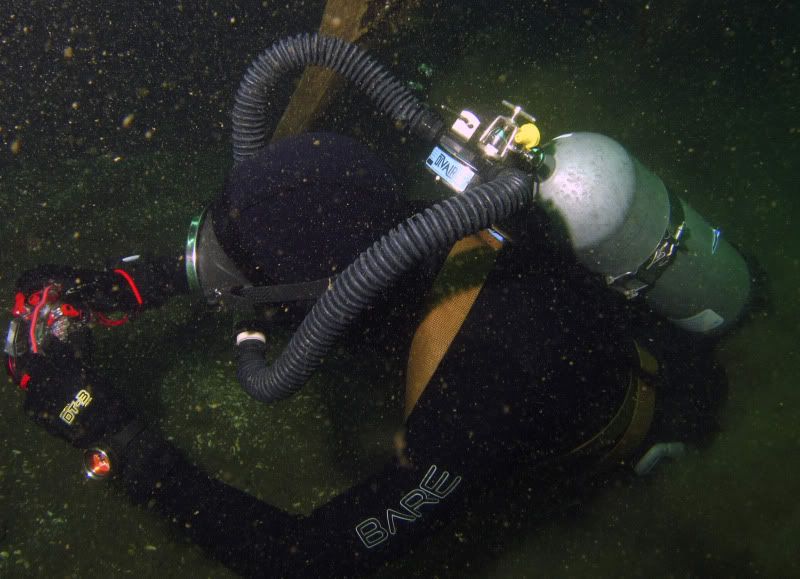kanonfodr
Contributor
Forgive me if I post this in the wrong forum, I just figured that you vintage guys would know this subject the best.
Is there a secret to diving without using a bouyancy compensator?? Most of the time we weight ourselves as to hold our last stop with our tank nearly empty, and use the BC to compensate for the weight of the gas we start with. Am I correct in assuming that, diving without a BC, you would weight yourself at half-tank and use your lung volume to make up the difference (ie breathing deeper with a fuller tank, breathing shallower with an emptier tank??)
Also, does planned depth factor into the equation, to account for increased loss of wetsuit bouyancy for deeper dives?
Finally, I know that LP72s were the de facto tank back in the day, due to the fact that they were neutral when empty. My LP85s are super similar in bouyancy characteristics, would these tanks work?
Appreciate the info.
Peace,
Greg
Is there a secret to diving without using a bouyancy compensator?? Most of the time we weight ourselves as to hold our last stop with our tank nearly empty, and use the BC to compensate for the weight of the gas we start with. Am I correct in assuming that, diving without a BC, you would weight yourself at half-tank and use your lung volume to make up the difference (ie breathing deeper with a fuller tank, breathing shallower with an emptier tank??)
Also, does planned depth factor into the equation, to account for increased loss of wetsuit bouyancy for deeper dives?
Finally, I know that LP72s were the de facto tank back in the day, due to the fact that they were neutral when empty. My LP85s are super similar in bouyancy characteristics, would these tanks work?
Appreciate the info.
Peace,
Greg
Last edited by a moderator:







 My wife overheard an instructor telling his buddy that I could not dive that way...meaning it was not possible. Needless to say I enjoyed hanging around him showing how it was done..
My wife overheard an instructor telling his buddy that I could not dive that way...meaning it was not possible. Needless to say I enjoyed hanging around him showing how it was done.. 